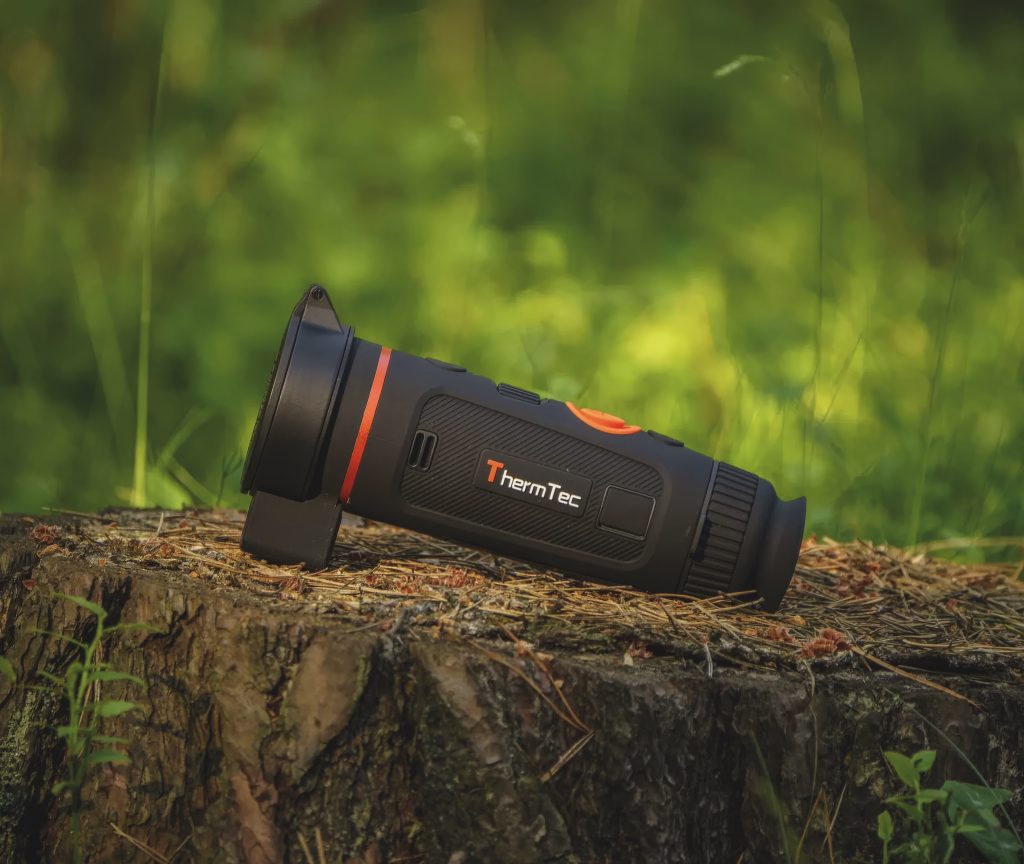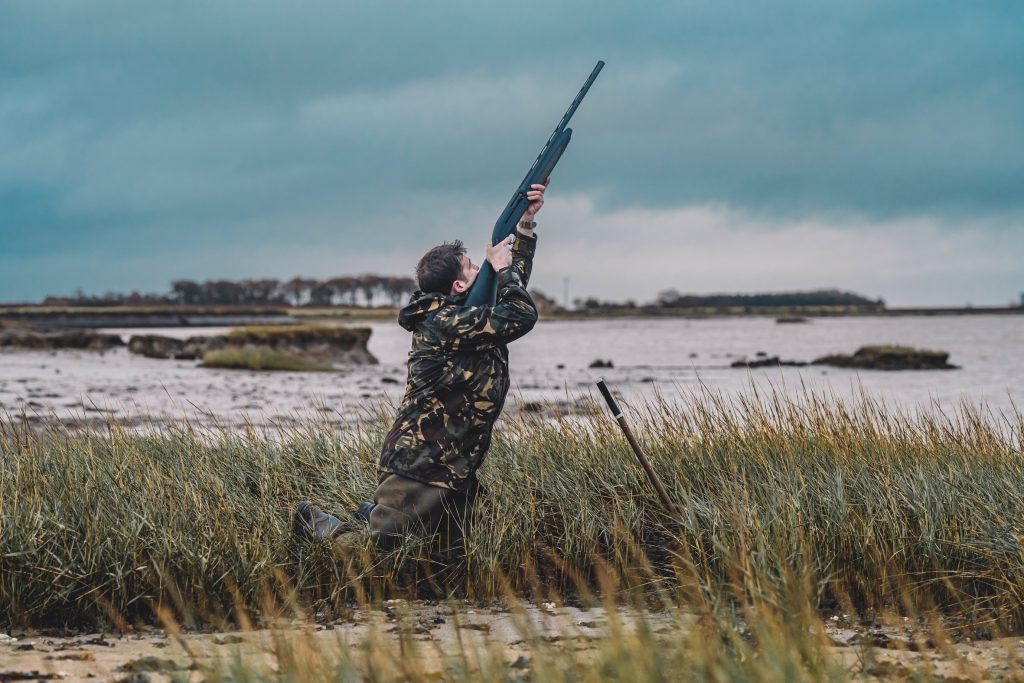Win CENS ProFlex DX5 earplugs worth £1,149 – enter here
Are we fixated on the amount of choke?
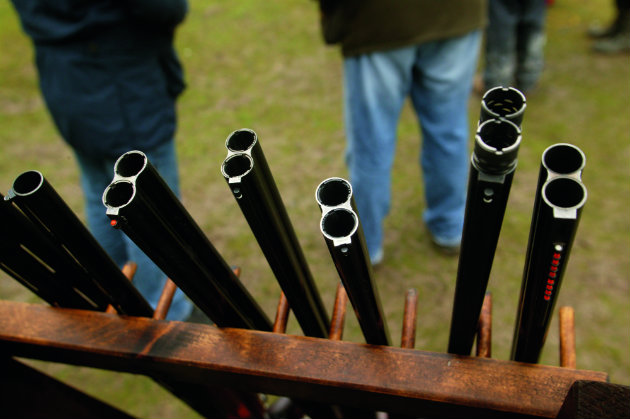
I’ve never been able to make up my mind on what’s the right amount of choke to have in a gun. Tight guns bring certain advantages when shooting any of the five trap disciplines, but how much — or how little — is best for a gun used in the field, or on a Sporting clay range?
Ask an expert and the usual advice is: “Ah, well, you can’t really go far wrong with quarter and half ; it’s a great all-round combination that’ll cope with anything that flies.” I’ve even served this one up myself from time to time when pushed for an answer. And, yes, the quarter/half approach probably is the best middle-of- the-road solution for most people’s needs.
Or is it? Have we all become a little too fixated with the need to get more choked up than is really necessary?
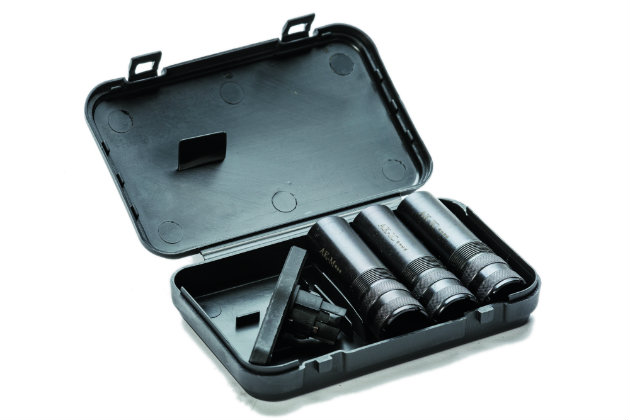
A set of chokes, nicely presented in a sturdy case, for a Wegley & Scott 912 12-bore shotgun
At last year’s CLA Game Fair I was in a scrum of bodies browsing a rack of game guns when I overheard a conversation between a potential buyer, and a sales assistant. The guy’s eyes had clapped on a neat 30in side-by-side Gallyon boxlock.
When asked what choke was in the old gal, the sales chap told him, cylinder and improved. “That’s no bloody good,” he said, “I need more than that on driven pheasants.” And with that — having discounted what was probably a perfectly good bit of kit for the birds he shoots — he moved on through the other guns for sale.
Maybe he was one of the minority who shoots more than 50-yard birds each weekend with nothing less than 40gm fours through super full-choke, both barrels? If so, good luck to him. If that’s his thing, he would’ve been better settling on a long-barrelled over-and-under with tight fixed chokes, or a multi-choke version fully choked and leave the Skeet tubes at home.
More choke?
Former Browning (UK) managing director Andrew Young and his gunsmith used
to cringe at the sight of my 125’s bare chequering, wonky extractors and worn chambers whenever I used it in their company. I bought the 30in gun new about 25 ago with, you’ve guessed, quarter and half-choke barrels. It was, and still is, a nice enough gun to shoot.
But it held a secret that I didn’t pick up on for about 10 years or so. Not once did I suspect anything was untoward. Why would I? The gun killed the highest of pheasants clean as a whistle, as well as everything else from geese on the foreshore to snipe, clays and woodpigeon over decoys or coming to roost. Then I thought: “Maybe if I had more choke I might pick up a few extra clays in competitions? So off it went to a lad in Suffolk who specialised in fitting “invisible” internal choke tubes. My instruction was to make four: full, three- quarters, heavy half (about 22 thou) and true half (20 thou). Three weeks later, I went to his workshop to collect the gun.
“Robin, what chokes do you think you’ve been using all this time?” he asked. So I told him quarter and half as supplied by the factory. “Best think again,” he said.
It turned out that the bottom barrel, when he took the micrometer to it, measured a gnat’s whisker over true cylinder and the top, improved cylinder. I was mystified.
“It seems to me that these tubes started off at 32in but, for some reason or other, they were cut down in the factory,” he said.
“They actually measure a little less than 30in and if you look, whoever refitted the foresight bead didn’t even get it central to the rib.” True enough, it was off-centre by about 2mm.
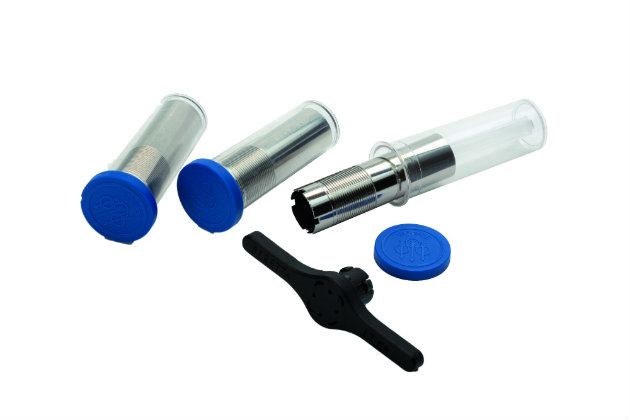
A selection of chokes for a Beretta 690 12-bore
More misses than usual
I would like to say the expensive conversion brought about the improvement I had hoped. However, fitting the gun with much tighter chokes didn’t make an iota of difference — instead, my Sporting average actually dipped!
The only thing I did notice was more “smoke’ from the clays when hit, and more misses than usual on close-range stuff, particularly pigeons over decoys. Whenever this happened I couldn’t help but think back to the days when my gun of choice for all things pigeon was a five-shot Remington 1100 semi-auto — complete with true cylinder skeet barrel. It killed close birds cleanly without smashing them, and the open choke coped more than competently with 40-yarders too. Never once did I feel “under-choked” with the gun and I would’ve happily used it on driven pheasants too had semi-autos not been frowned on then (and still so now) on game days. Instead I shot them with no problem at all with a Miroku over-and- under Skeet, with not a trace of choke in either barrel.
At the time, there wasn’t the plethora of Sporting guns to choose from that we have today; the majority of guns in the field were still side-by-sides or, if you shot Sporting to a serious level, you humped two guns around the course — a Skeet gun and one for trap. Most, however, stuck to just a single gun, a Skeet.
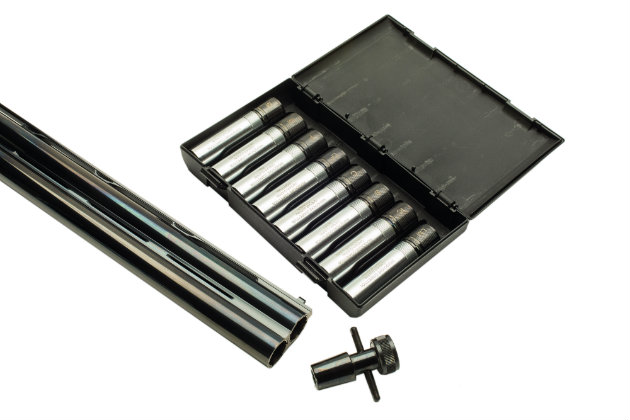
The Caesar Guerina Invictus comes with a set of eight chokes
Poleaxed birds
Since then I’ve grown older, but obviously not wiser: along the way I have been reminded innumerable times to the effectiveness of open chokes in the field, but still failed to smell the coffee — labouring along in the belief that a good half-choke is where it’s all at. I tried telling that to a goose guide who swore by his old Remington Skeet 1100. He laughed when I suggested he needed choke and big shot to do the job. He used nothing else but 1 1/8oz trap 7s, and poleaxed birds as they milled over the decoys.
“You can hit a goose with a building brick but you won’t get a clean kill unless you hit the head and neck,” he said. “Small shot and a good spread is more than enough to do the job. The other thing is not to shoot at them out of range, regardless of what you’ve got up the spout.”
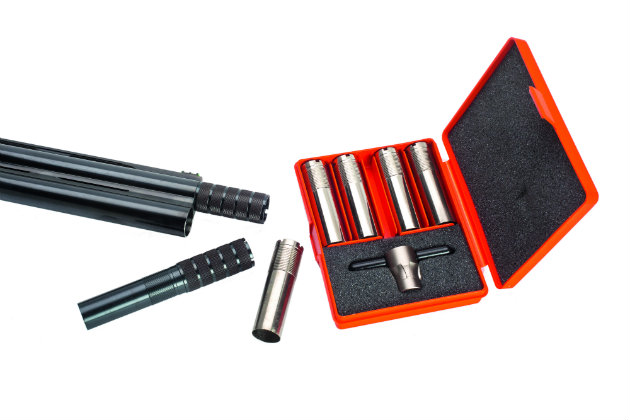
Chokes for a Bettinsoli Crypto Sporter
Elsewhere, it’s been my pleasure to watch more than a few competent game Shots kill very tall pheasants cleanly and consistently with small shot and open chokes. Best — in more ways than one — was an elderly gentleman knocking down high birds and making it look so easy with standard Eley Grand Prix No.6s and an English side-by-side with only improved cylinder out in front. I’m certainly not suggesting that we should all become more open-minded and have choke reamed out just for the fun of it, but if you do have a multi-choke gun in the cabinet, screw-in cylinder and quarter, use a decent cartridge, and see how you fare.
You could well be surprised by the result. I’m not going to lop a couple of inches of my MX12 any time soon, but I am going to have it fitted with open choke tubes and go back to my roots, so to speak.
I will report back in due course but, in the meantime, if you have a favourite choke combination for use in the field, let us know what it is, and why.
Your comments will make interesting reading.
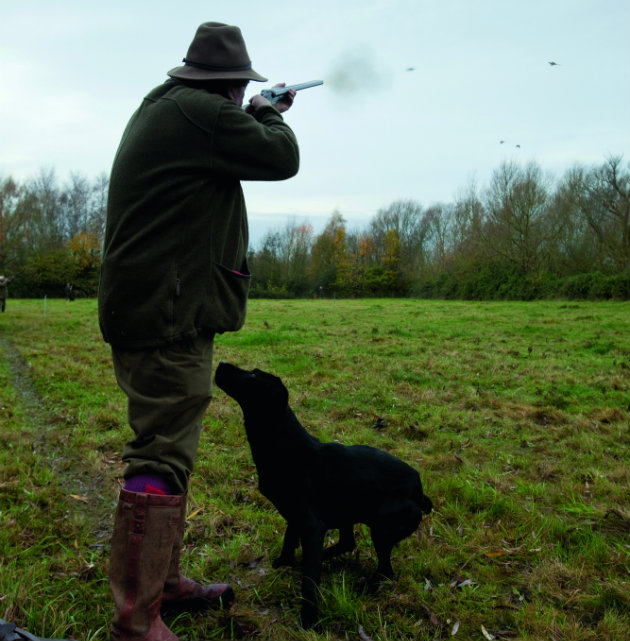
Robin Scott shoots his antique Smith sidelock with Damascus barrels, choked improved cylinder and half
No choke at all
Before over-and-under fixed-choke Sporters then multi-choke models became in vogue, I had a brief courtship with a 32in William Pape 16-bore, full- choke both barrels, to pan out high mallard flighting off a local river.
It was effective, but no more so than my cousin’s 16-bore with hardly any choke. And, oh dear, the Pape was a hindrance when it came to shooting duck dropping into the flightpond, or pigeon over stubble. Anything inside 30 yards was pulverised if you managed to put it in the centre of the pattern. Not so with cousin’s paper thin-barrelled Bentley and Playfair, which proved massively more versatile at all ranges. If ever a gun needed a hacksaw taking to the barrels, then the Pape was definitely it.
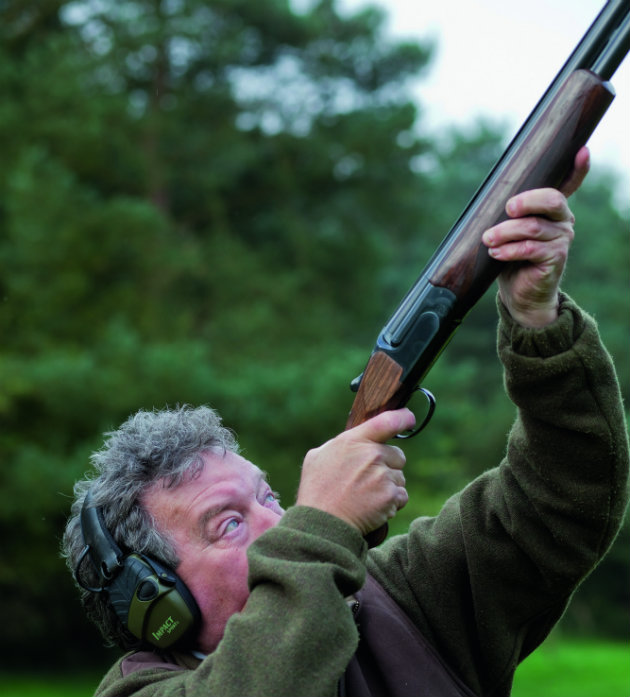
Robin shooting his Perazzi MX12 choked half and three-quarters
Trigger-pull is vital
I haven’t been down the “heavy is best” road entirely, but I do have a 31in Perazzi choked half and three-quarters that comes out for FITASC Sporting and on driven days where I’m likely to shoot a lot of cartridges, and the birds fly high off valley sides. However, I don’t think I shoot any more pheasants — or kill them any more cleanly — than I did with my old Browning B125. The big decider on which to take are the trigger-pulls, not their chokes: the Perazzi’s trigger is among the crispest you can get, while the other has a noticeable drag.
Related Articles
Get the latest news delivered direct to your door
Subscribe to Shooting Times & Country
Discover the ultimate companion for field sports enthusiasts with Shooting Times & Country Magazine, the UK’s leading weekly publication that has been at the forefront of shooting culture since 1882. Subscribers gain access to expert tips, comprehensive gear reviews, seasonal advice and a vibrant community of like-minded shooters.
Save on shop price when you subscribe with weekly issues featuring in-depth articles on gundog training, exclusive member offers and access to the digital back issue library. A Shooting Times & Country subscription is more than a magazine, don’t just read about the countryside; immerse yourself in its most authoritative and engaging publication.






